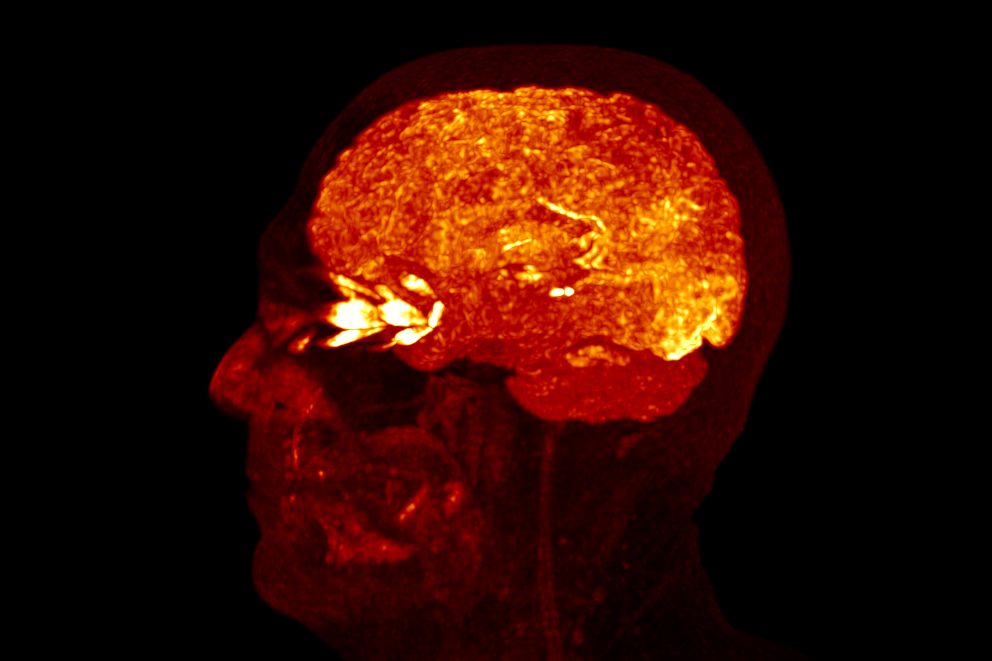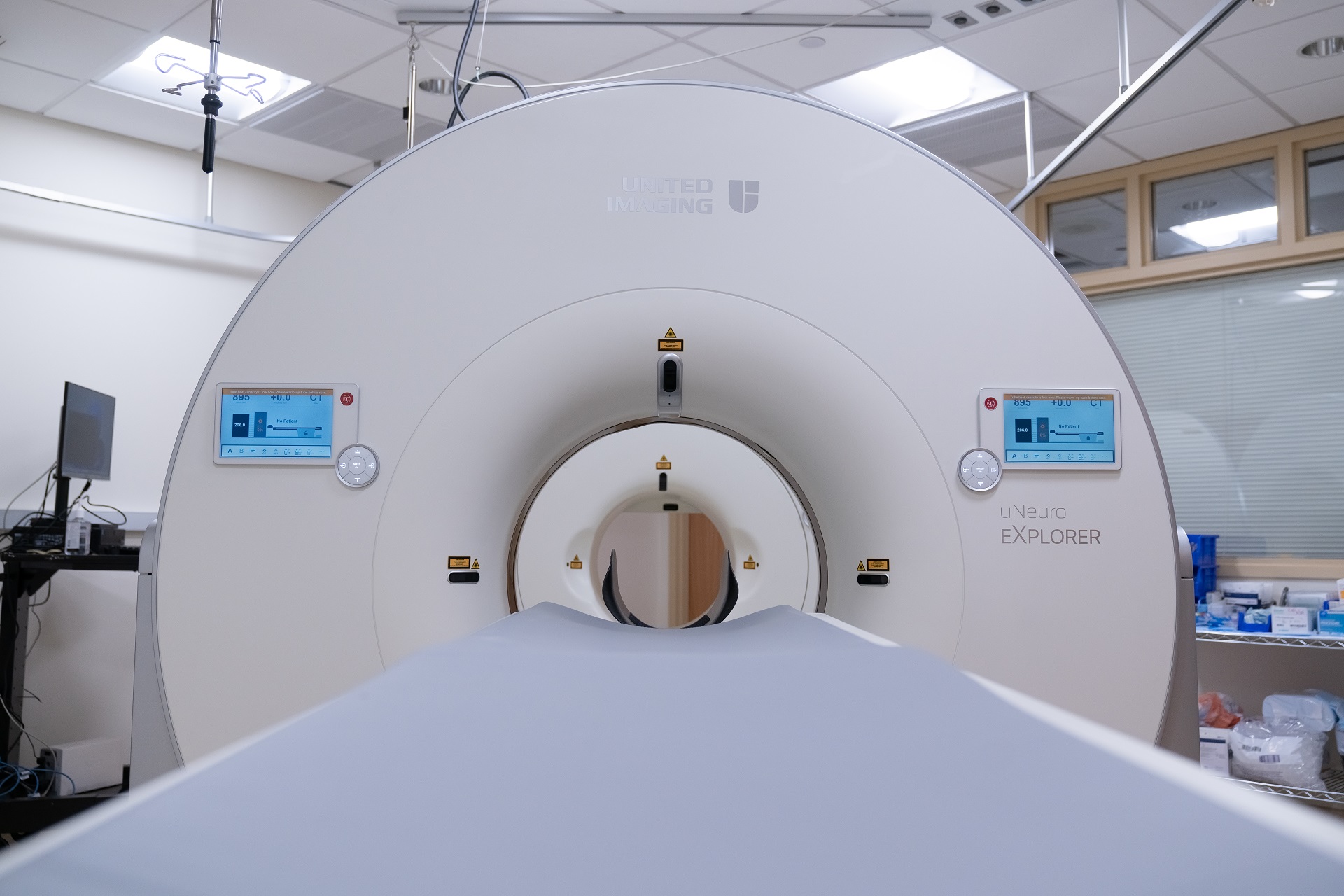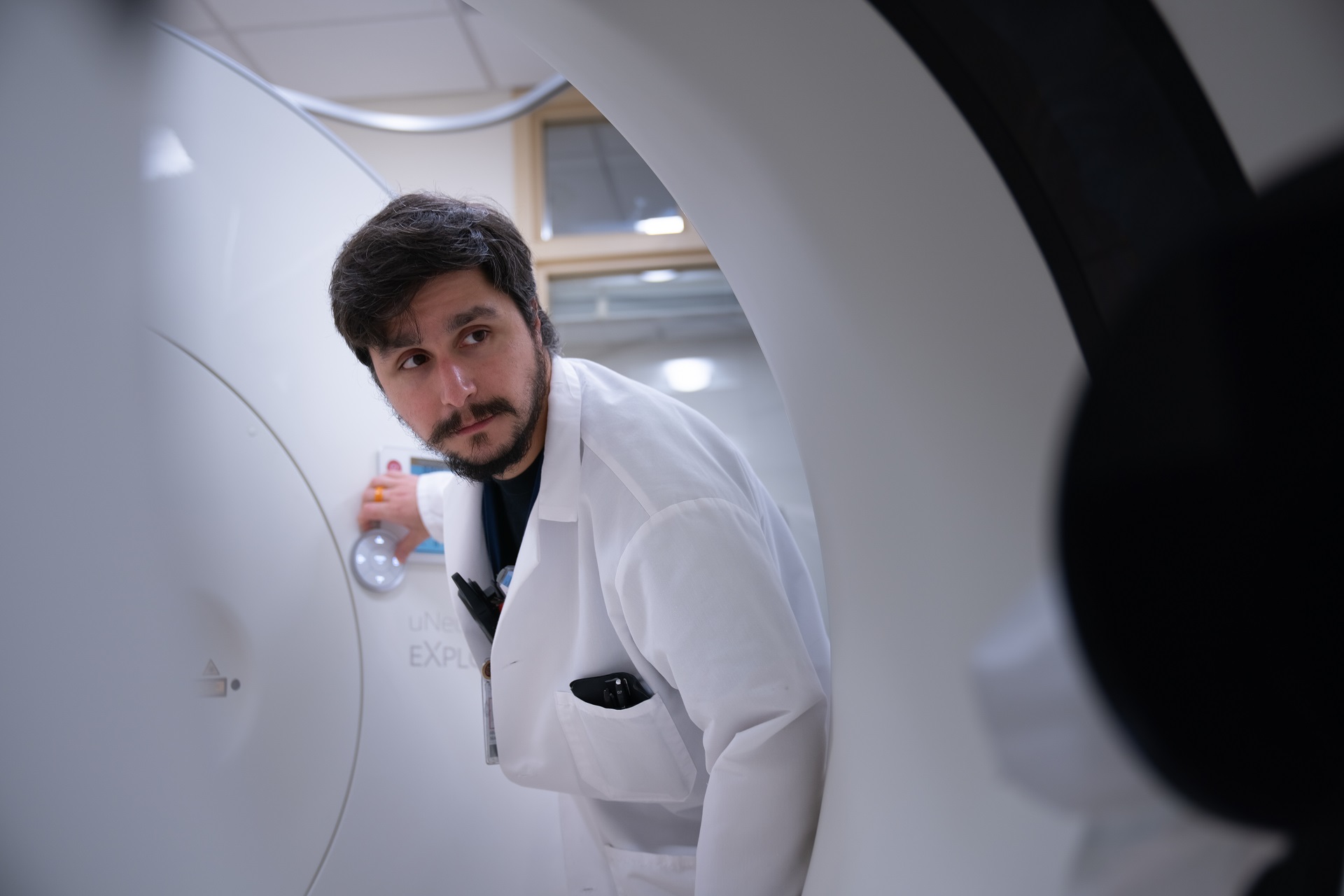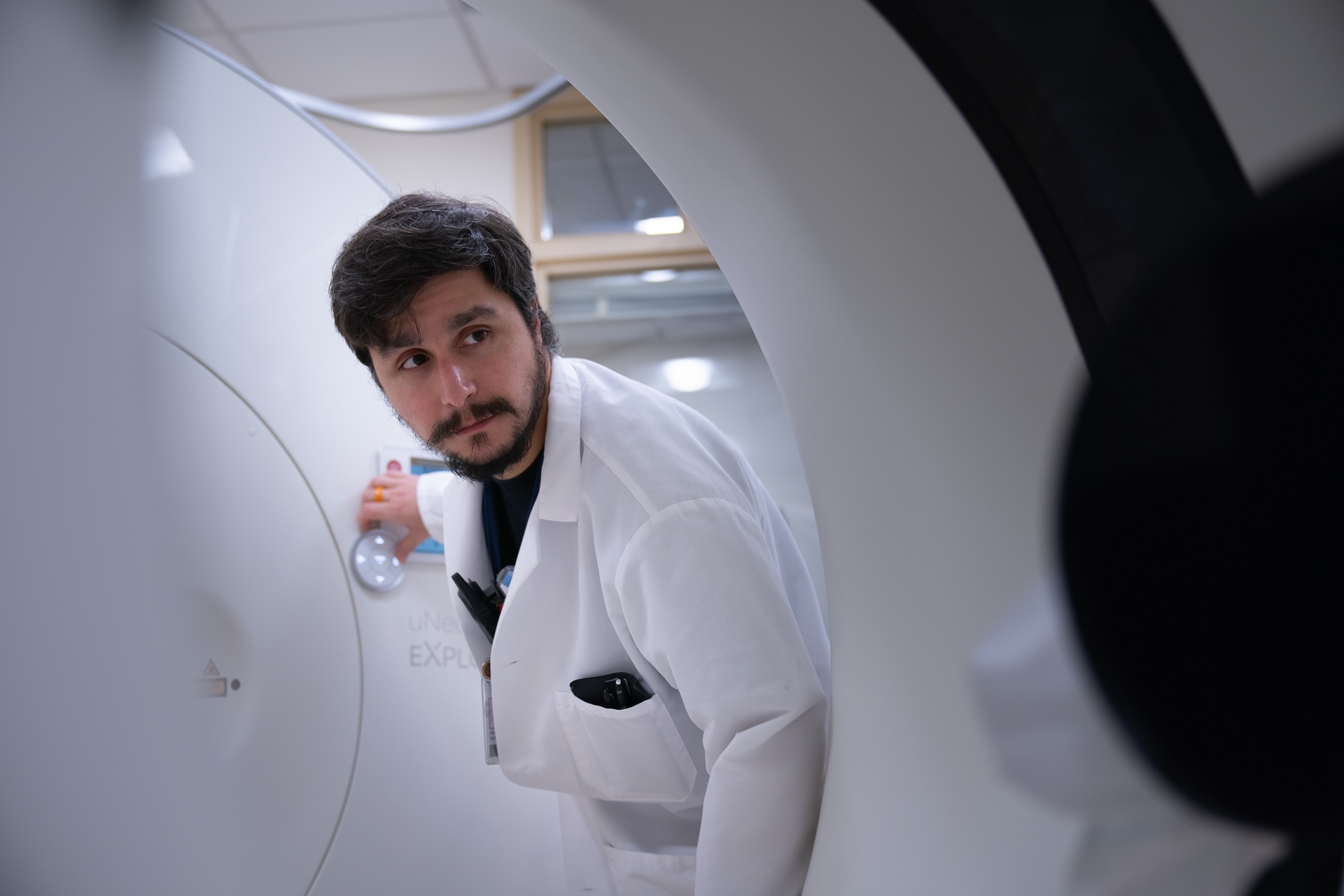The intricate network of the human brain, with its countless synapses and pathways, can easily be likened to a bustling metropolis. Dr. Richard Carson's work has repeatedly emphasized the importance of understanding these connections.
"In terms of the numbers of connections, no city comes close to the number of connections that our brains have," says Richard Carson, Ph.D., professor of Radiology & Biomedical Imaging and of Biomedical Engineering, and emeritus director of the Yale PET Center.

Every emotion, thought, or newly learned piece of information leaves its mark on this vast cerebral landscape. Dr. Carson's devotion to PET imaging has played a pivotal role in increasing our grasp on these sophisticated pathways. PET imaging allows us to observe the functional dynamics in small brain regions. Through accurate analysis, PET can measure flow, metabolism, and synaptic activity, illustrating their interconnected changes.
"Just the ability to see inside of a live human being as their brain is functioning has just been fabulous,"says Dr. Carson.
As with all science, the tools of the trade have evolved. In the early days of PET imaging on X-ray films, obtaining an image was a time-consuming affair, and the resulting pictures hardly resembled the brain. Fast forward to today, and the scene has transformed dramatically with the introduction of the NeuroExplorer (NX). A collaboration between Yale, UC Davis, and United Imaging Healthcare, and supported by a grant from the NIH's Brain Initiative, the NX promises unparalleled clarity, much like how the James Webb telescope is surpassing the Hubble's capabilities.

- Ultra-High Sensitivity: The NeuroExplorer, featuring 46 cps/kBq Sensitivity, based on the NEMA NU 2-2018 standard, goes several steps beyond, enhancing the acceptance angle, further amplified with pioneering time-of-flight capabilities.
- Exceptional Resolution: The NeuroExplorer's small detector elements ensure it spots even the tiniest of structures allowing the detection of neurotransmitter movements in specific brain nuclei. Boasting 1.5 mm Effective Spatial Resolution, the NeuroExplorer allows us to see unprecedented anatomical details.
- Motion Correction: A slight shift or movement during imaging can throw off the results. The NeuroExplorer, with its real-time tracking, adjusts instantly to patient movement, guaranteeing exceptional precision in its imaging.
- Extended Imaging Range: The NeuroExplorer isn't limited in its scope. The system offers the unique ability to capture images down to the shoulders, enabling it to monitor blood vessels in this region and measure delivery of tracer to the brain.
The implications of this advancement are profound. Beyond merely understanding the brain's intricacies, the NX could play a transformative role in studying diseases such as Alzheimer's. The NX's prowess in imaging small regions like the substantia nigra and the locus coeruleus, deep within the brain, offers new potentials in early detection and a deeper understanding of disease onset and progression.

Yet, the applications don't stop here. Dr. Carson highlights: "Our goal is to expand what we can do to better understand the normal brain and then to help patients and to understand diseases of the brain." Potentials of collaborating with the pharmaceutical sector stand to gain immensely from the NX. With its enhanced sensitivity and resolution, drug interactions within the brain can be observed with unprecedented detail, potentially paving the way for innovative therapeutic solutions.
It's not just about one institution's achievements. Dr. Carson firmly believes in international collectives, stating, "We are not going to be the one NeuroEXPLORER in the world; honestly, it'll be much better by having more researchers and clinicians fully developing the great potential of this system."
For Dr. Carson, science is an ever-evolving journey, one where every discovery opens new doors. "We have come very far in our understanding of much of the human body systems and organs. But for the brain, we are really just scratching the surface."says Dr. Carson. "This is why science is truly fun, as we tackle one puzzle after another, and try to figure them out."

The NeuroExplorer is not available in the U.S. for commercial or clinical use.
